Renchang Dai
Using Terminal Circuit for Power System Electromagnetic Transient Simulation
Jul 01, 2021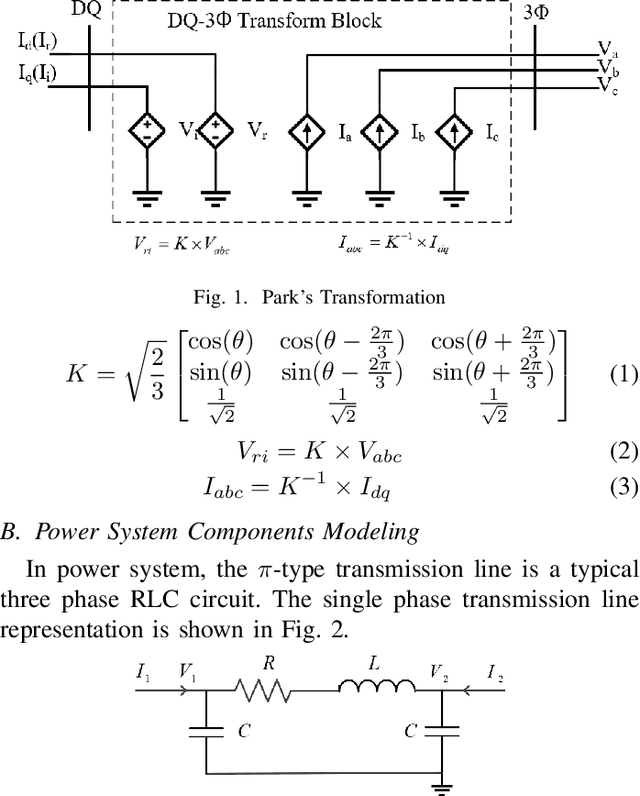
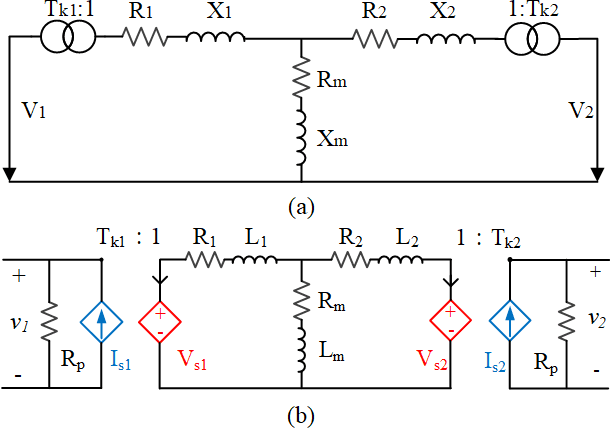
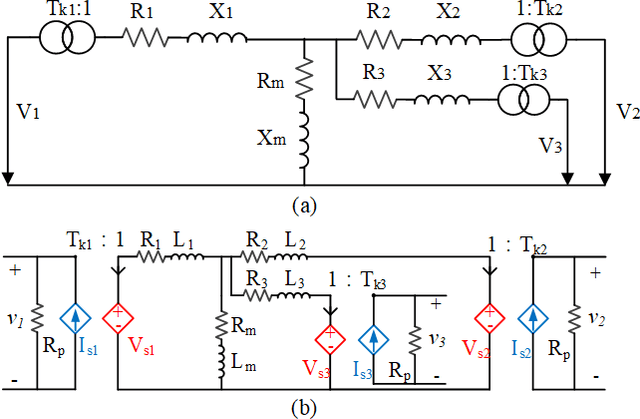
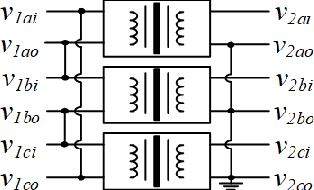
Abstract:The modern power system is evolving with increasing penetration of power electronics introducing complicated electromagnetic phenomenon. Electromagnetic transient (EMT) simulation is essential to understand power system behavior under disturbance which however is one of the most sophisticated and time-consuming applications in power system. To improve the electromagnetic transient simulation efficiency while keeping the simulation accuracy, this paper proposes to model and simulate power system electromagnetic transients by very large-scale integrated circuit (VLSI) as a preliminary exploration to eventually represent power system by VLSI circuit chip avoiding numerical calculation. To proof the concept, a simple 5 bus system is modeled and simulated to verify the feasibility of the proposed approach.
Power System Transient Modeling and Simulation using Integrated Circuit
Jun 06, 2021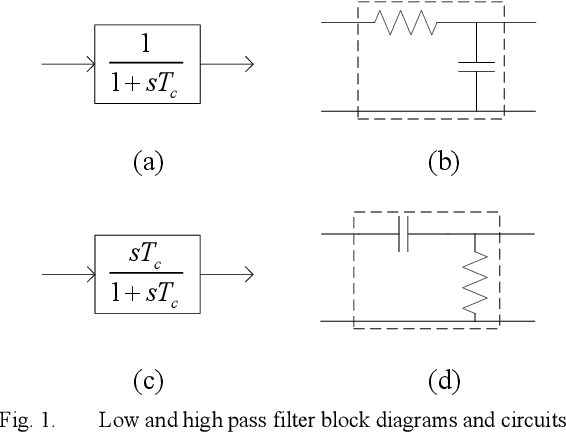
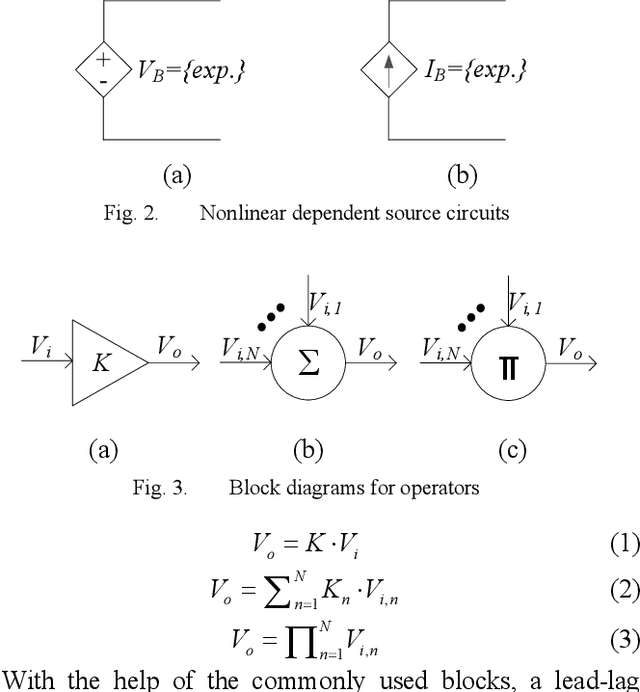
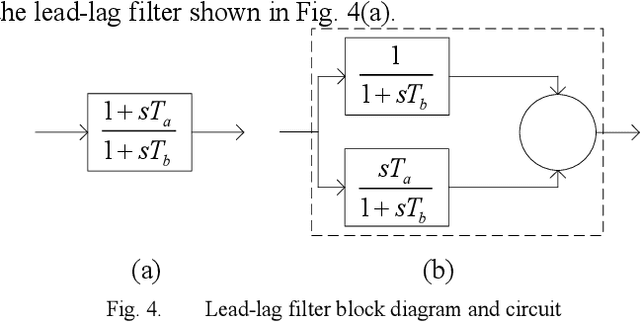
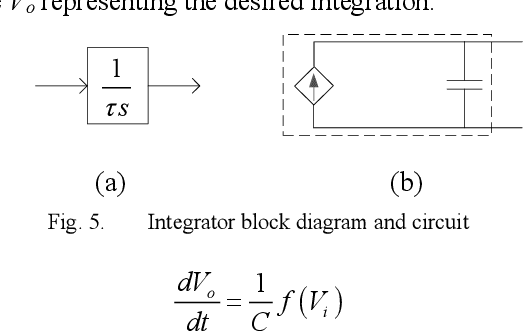
Abstract:Transient stability analysis (TSA) plays an important role in power system analysis to investigate the stability of power system. Traditionally, transient stability analysis methods have been developed using time domain simulation by means of numerical integration method. In this paper, a new approach is proposed to model power systems as an integrated circuit and simulate the power system dynamic behavior by integrated circuit simulator. The proposed method modeled power grid, generator, governor, and exciter with high fidelity. The power system dynamic simulation accuracy and efficiency of the proposed approach are verified and demonstrated by case study on an IEEE standard system.
Autonomous Charging of Electric Vehicle Fleets to Enhance Renewable Generation Dispatchability
Dec 22, 2020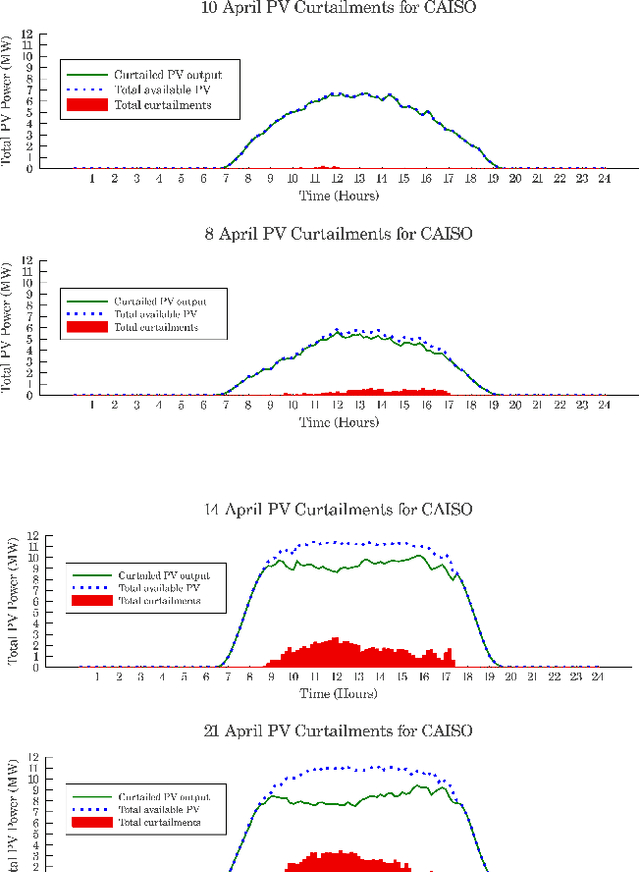

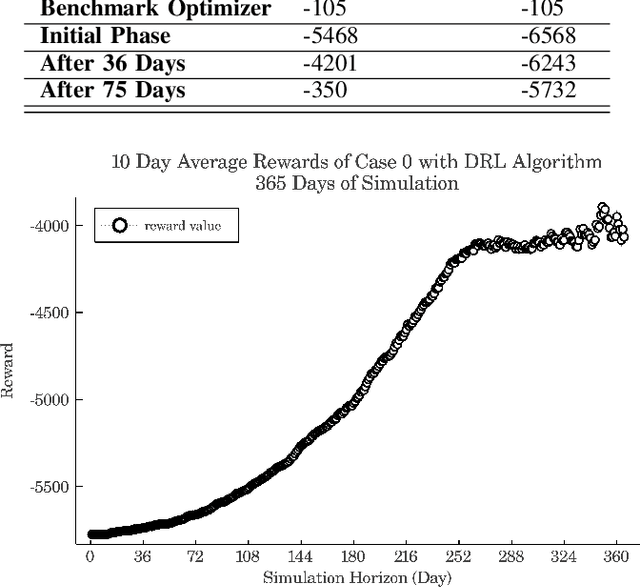
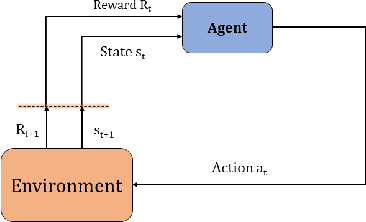
Abstract:A total 19% of generation capacity in California is offered by PV units and over some months, more than 10% of this energy is curtailed. In this research, a novel approach to reduce renewable generation curtailments and increasing system flexibility by means of electric vehicles' charging coordination is represented. The presented problem is a sequential decision making process, and is solved by fitted Q-iteration algorithm which unlike other reinforcement learning methods, needs fewer episodes of learning. Three case studies are presented to validate the effectiveness of the proposed approach. These cases include aggregator load following, ramp service and utilization of non-deterministic PV generation. The results suggest that through this framework, EVs successfully learn how to adjust their charging schedule in stochastic scenarios where their trip times, as well as solar power generation are unknown beforehand.
Enhancement of Power Equipment Management Using Knowledge Graph
Apr 28, 2019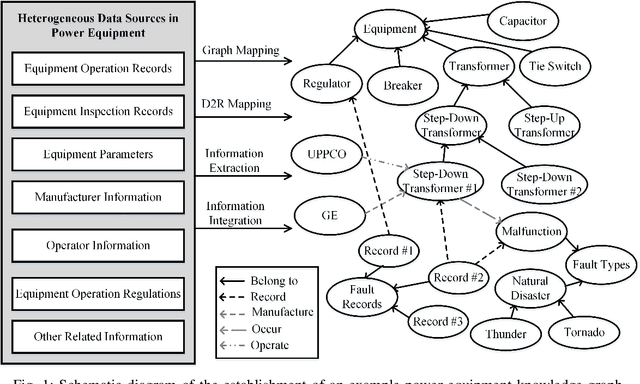


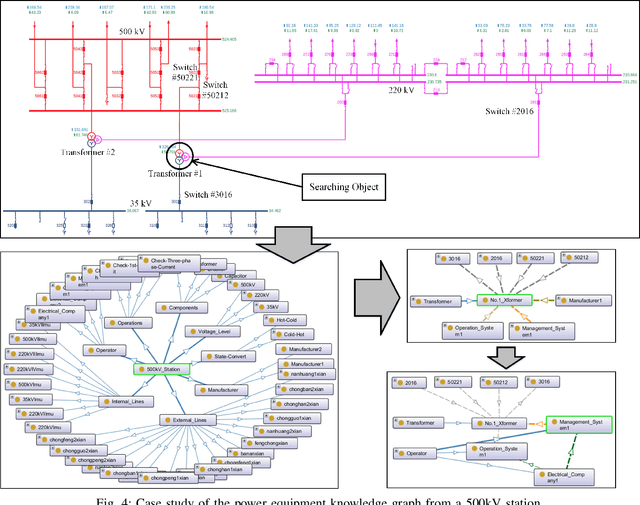
Abstract:Accurate retrieval of the power equipment information plays an important role in guiding the full-lifecycle management of power system assets. Because of data duplication, database decentralization, weak data relations, and sluggish data updates, the power asset management system eager to adopt a new strategy to avoid the information losses, bias, and improve the data storage efficiency and extraction process. Knowledge graph has been widely developed in large part owing to its schema-less nature. It enables the knowledge graph to grow seamlessly and allows new relations addition and entities insertion when needed. This study proposes an approach for constructing power equipment knowledge graph by merging existing multi-source heterogeneous power equipment related data. A graph-search method to illustrate exhaustive results to the desired information based on the constructed knowledge graph is proposed. A case of a 500 kV station example is then demonstrated to show relevant search results and to explain that the knowledge graph can improve the efficiency of power equipment management.
Power Market Price Forecasting via Deep Learning
Oct 23, 2018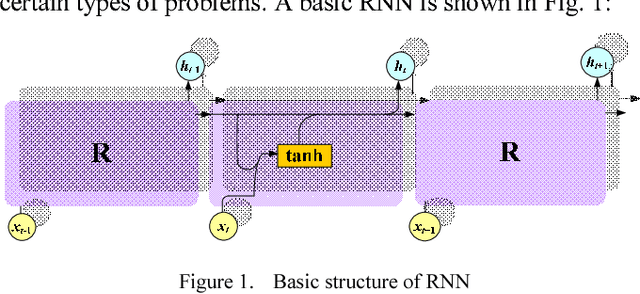
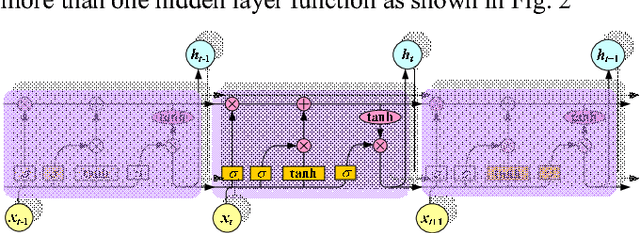
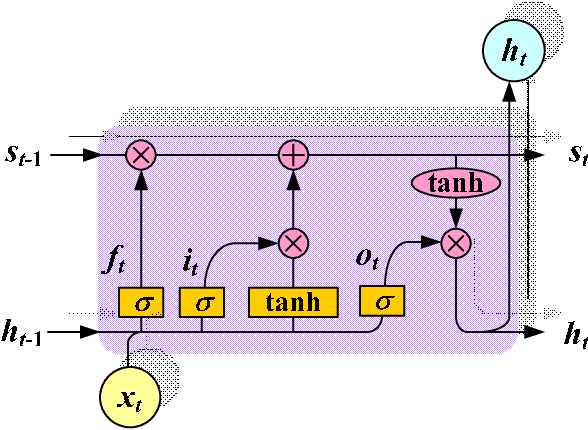
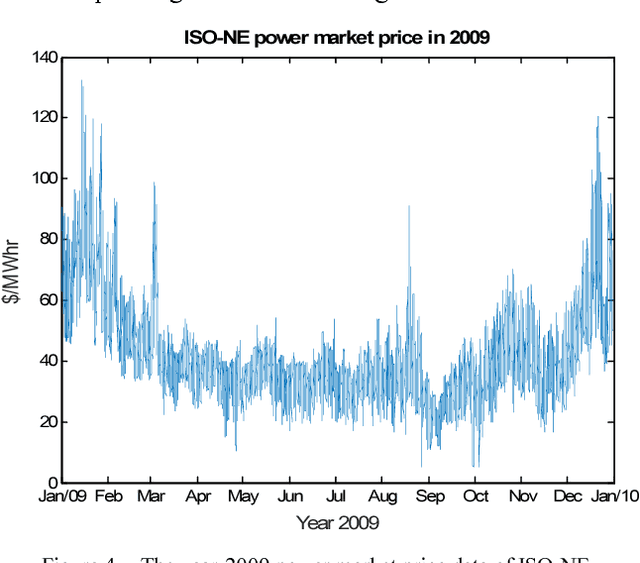
Abstract:A study on power market price forecasting by deep learning is presented. As one of the most successful deep learning frameworks, the LSTM (Long short-term memory) neural network is utilized. The hourly prices data from the New England and PJM day-ahead markets are used in this study. First, a LSTM network is formulated and trained. Then the raw input and output data are preprocessed by unit scaling, and the trained network is tested on the real price data under different input lengths, forecasting horizons and data sizes. Its performance is also compared with other existing methods. The forecasted results demonstrate that, the LSTM deep neural network can outperform the others under different application settings in this problem.
 Add to Chrome
Add to Chrome Add to Firefox
Add to Firefox Add to Edge
Add to Edge